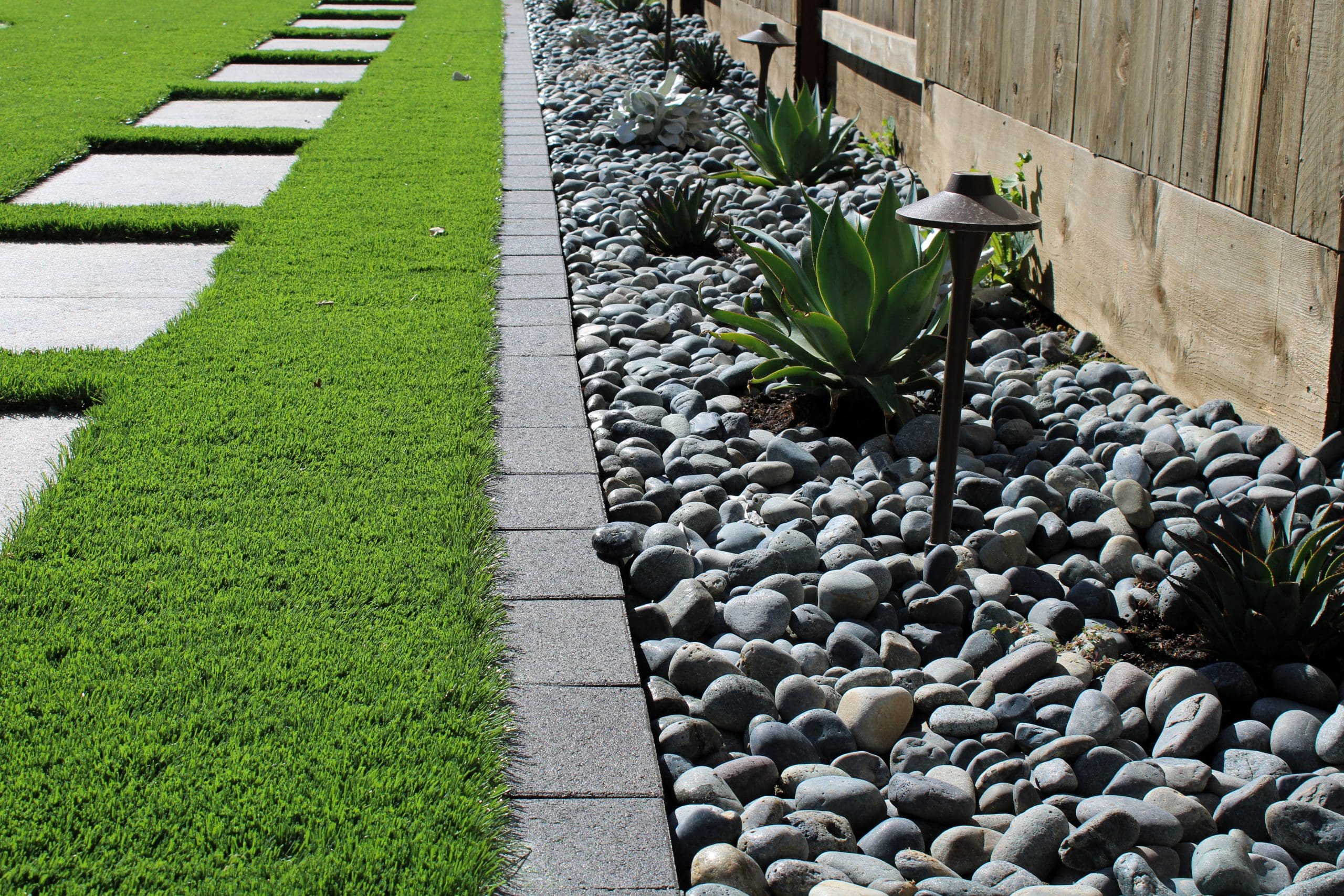
Guest post by Rubi Cornejo, marketing manager at Advanced Pavers & Landscape
In the world of landscaping, the call for sustainability and eco-consciousness grows louder each day. As urban areas expand and environmental challenges mount, our industry finds itself at a pivotal intersection. Clients, now more informed and environmentally aware, are not just seeking aesthetic appeal but also sustainable integrity in their landscapes.
At Advanced Pavers & Landscape, over 50% of our clients last year inquired about eco-friendly options!
As professionals, our response to these evolving demands not only reflects our adaptability but also our commitment to the larger ecological picture.
1. Native Plants – The Professional’s Choice – Native plants have gained traction, not just for their environmental benefits but also for their potential to reduce maintenance costs. Their adaptation to the local environment means reduced water usage, fewer pests, and, thus, less reliance on pesticides. We found that in one project where we installled 90% native plants, not only were the end results stunning but the maintenance calls were reduced by half.
Recommendation: Survey your region and maintain a portfolio of native plants to offer clients. Their minimal care requirements and resilience can be a unique selling point.
2. Advanced Water Conservation Systems – Efficient watering systems aren’t just eco-friendly; they’re cost-effective in the long run. The integration of advanced drip irrigation systems and rainwater collection setups can lead to significant water savings. One of our long-term clients remarked how much they’ve saved on water bills since we installed an efficient watering system for them.
Recommendation: Invest in training sessions for your team on the installation and maintenance of these systems. Emphasize their return on investment to clients to promote their adoption.
3. Integrated Pest Management (IPM) – By using a more holistic approach like IPM, professionals can reduce chemical usage, promoting a healthier environment while potentially reducing costs. We’ve tried this in a few gardens and saw a 60% reduction in chemical usage.
Recommendation: Regularly assess and monitor garden health. Advocate for the introduction of beneficial insects like ladybugs and practices such as companion planting.

4. Sustainable Material Sourcing and Repurposing – While DIY enthusiasts repurpose old bottles, landscape professionals should think bigger. Consider sourcing sustainably produced materials for hardscapes or repurposing larger elements from past projects for new ones. We once revamped a garden using materials from two older projects and the client loved the sustainable touch.
Recommendation: Partner with local suppliers focused on sustainability. Not only does this bolster your green credentials, but it may also lead to beneficial partnerships and discounts.
5. Designing for Biodiversity – Broadening the scope of plant life in a project enhances biodiversity, supporting local wildlife, and creating healthier ecosystems. This approach is also aesthetically pleasing, offering clients a vibrant and dynamic landscape.
Recommendation: Stay informed about plants that thrive in your region. Consider offering workshops or seminars on biodiverse landscaping for your team.
As landscape professionals, our role isn’t just to beautify spaces but to innovate and lead in sustainable practices. With the growing demand for eco-conscious solutions, businesses that proactively adopt and promote these techniques will stand out in a competitive market. Remember, sustainable landscaping isn’t just an environmental imperative – it’s a business opportunity.



